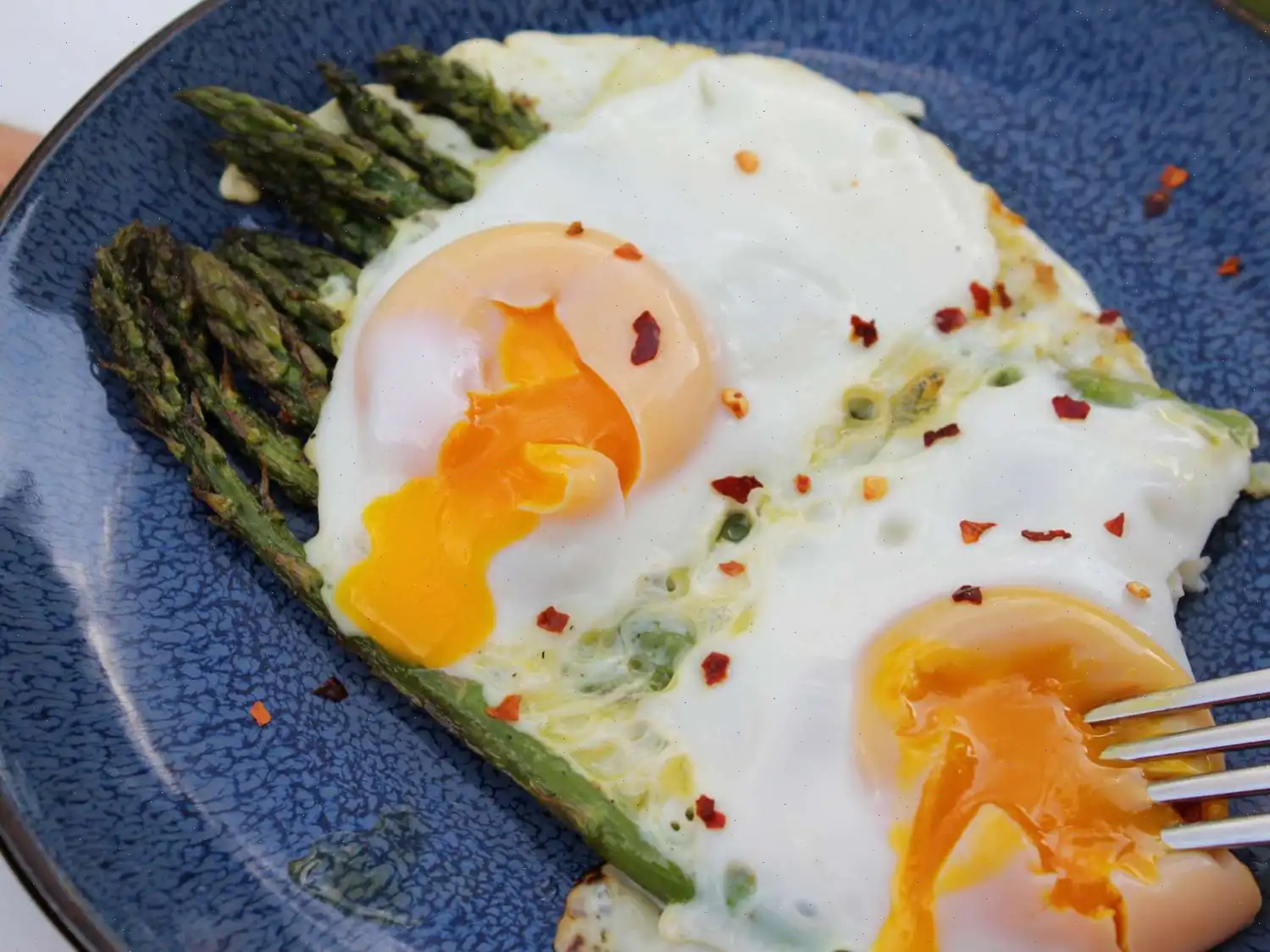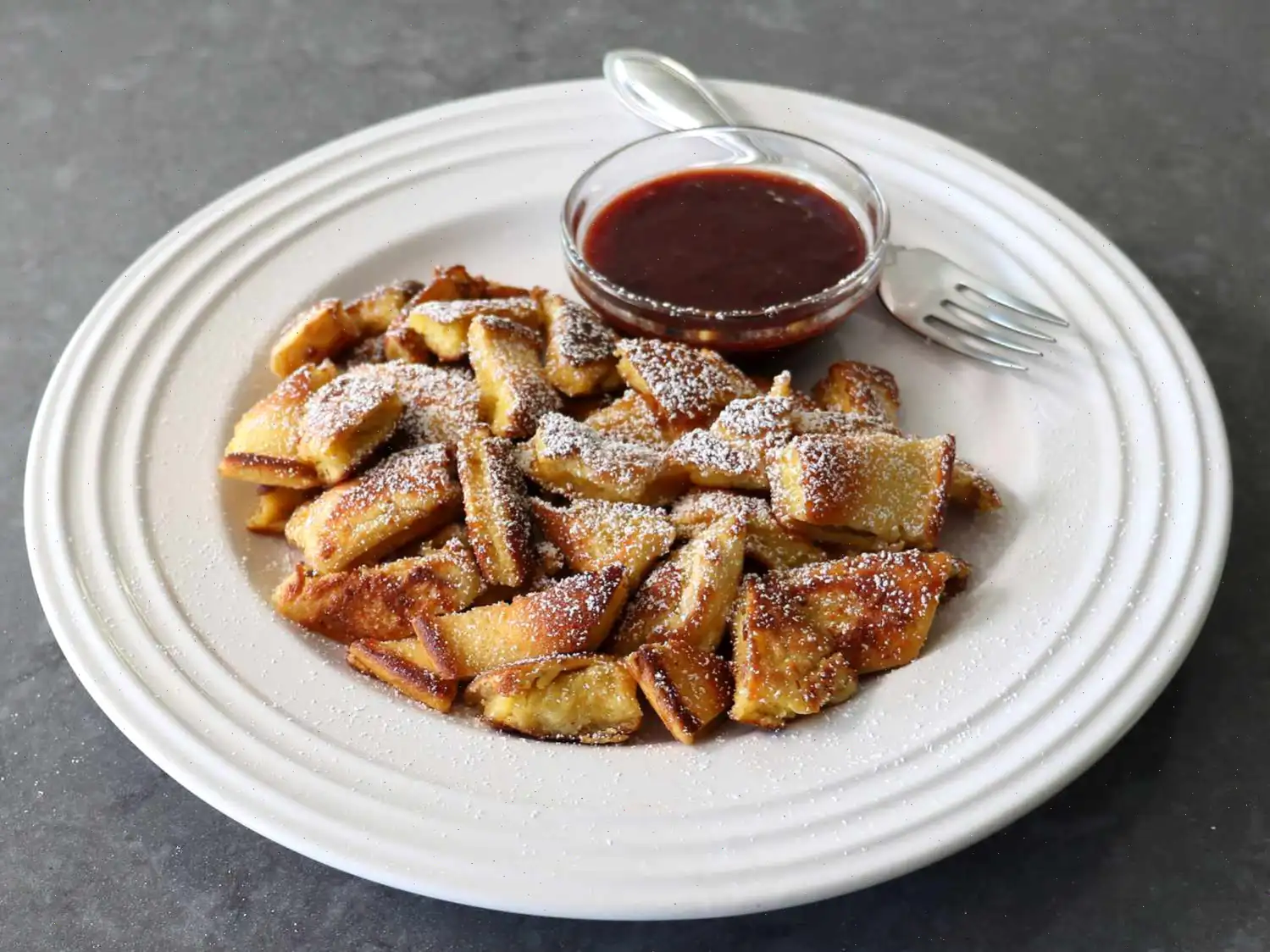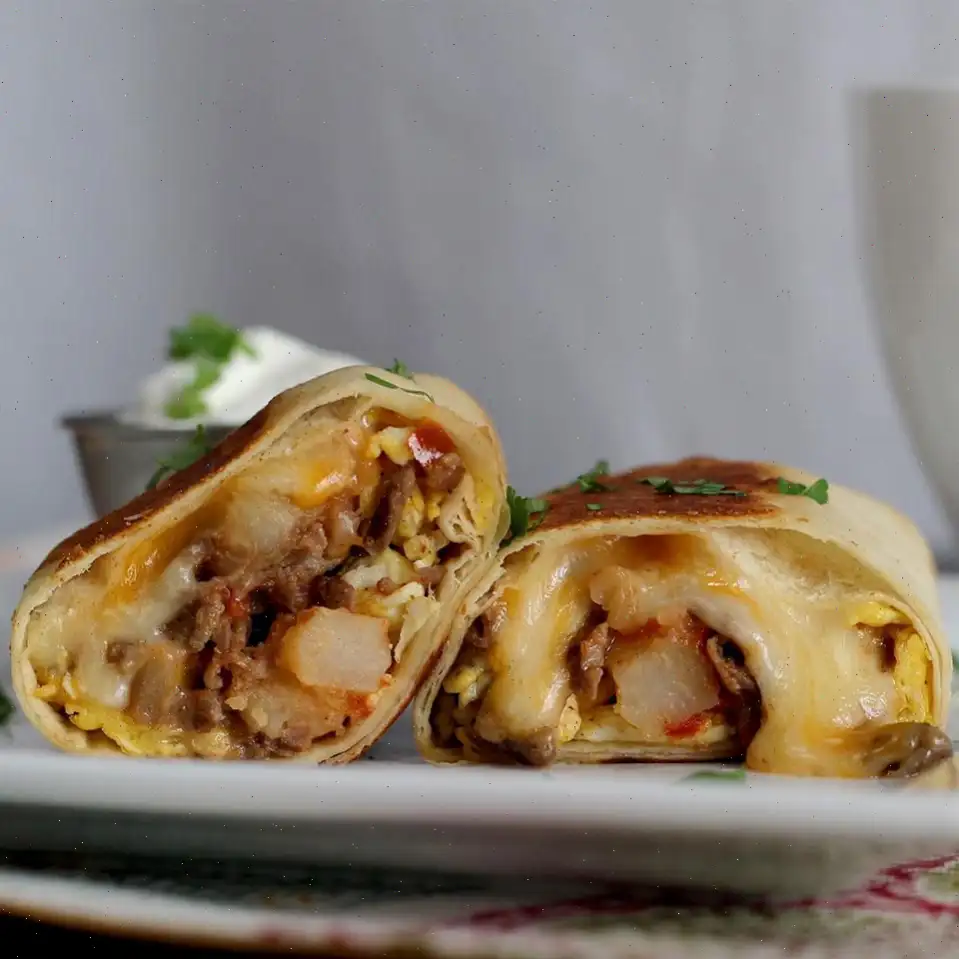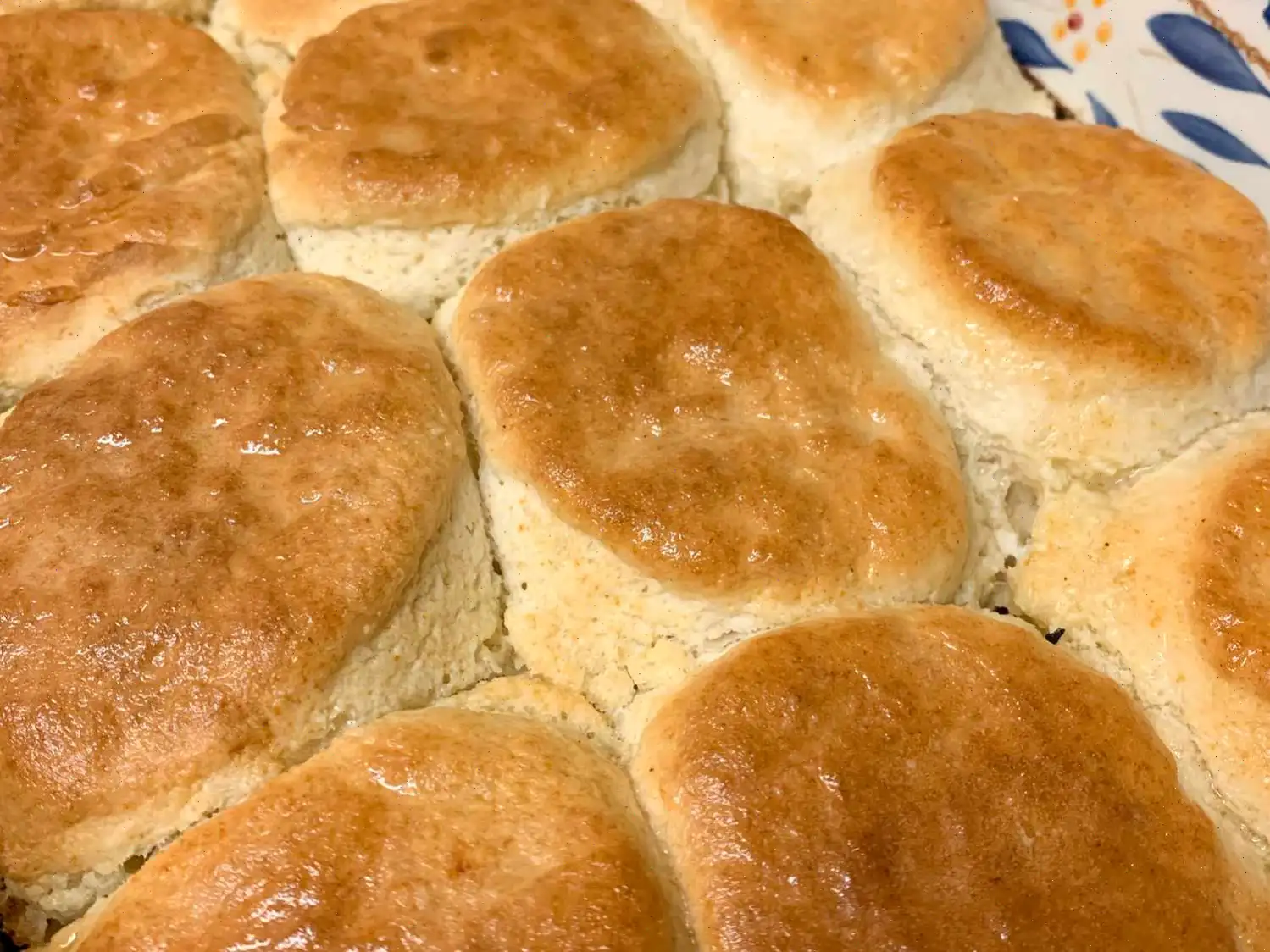
Asparagus and Eggs Recipe
This recipe was designed for 1 serving. Adjust ingredient amounts for larger portions, but follow the cooking times and steps as written. Note: not all recipes scale perfectly.
- 1 tablespoon olive oil
- 1 garlic clove, finely chopped
- 8 thin-stemmed asparagus stalks, trimmed
- 2 large eggs
- Salt and freshly ground black pepper, to taste
- 1 pinch red pepper flakes (optional)
- Place a small skillet over medium-high heat. Pour in olive oil and add the chopped garlic. Stir for about 30 seconds until fragrant, taking care not to burn the garlic.
- Add the asparagus stalks and cook, turning frequently, until they are fork-tender, roughly 4 minutes.
- Spread the asparagus evenly across the skillet. Crack the eggs directly over the asparagus.
- Cover the skillet with a lid and cook for approximately 4 minutes, or until the egg whites are set and yolks reach your preferred doneness.
- Season with salt and freshly ground black pepper. Sprinkle with red pepper flakes if desired and serve immediately.
- Calories: 294
- Fat: 23g
- Saturated Fat: 5g
- Cholesterol: 372mg
- Sodium: 455mg
- Carbohydrates: 7g
- Dietary Fiber: 3g
- Sugars: 2g
- Protein: 16g
- Vitamin C: 10mg
- Calcium: 91mg
- Iron: 3mg
- Potassium: 423mg
The Story Behind Asparagus and Eggs
Asparagus and eggs is a dish with deep roots in European culinary history, tracing back to the 18th century when asparagus was prized as a spring delicacy. Originally enjoyed by aristocrats in France and Germany, this combination highlighted the natural flavors of fresh asparagus, paired with the protein-rich, versatile egg. Early recipes often featured butter or cream sauces, reflecting the luxurious approach to what was considered a seasonal treat.
Regional Variations and Characteristics
Different regions have adapted asparagus and eggs to their local tastes. In Germany, it is common to serve white asparagus with hollandaise sauce and soft-boiled eggs during the annual Spargel season. In Italy, asparagus may be sauted with garlic and olive oil, topped with poached eggs and a sprinkle of Parmesan cheese. In the United States, the dish often appears as a simple skillet breakfast or light lunch, emphasizing speed and ease without compromising flavor. Each variation highlights regional produce and cooking methods, from creamy sauces to simple olive oil sauts.
How It Differs From Similar Dishes
While asparagus and eggs might seem similar to omelets or frittatas, it is distinct in its presentation and preparation. Unlike an omelet where eggs dominate, asparagus and eggs keep the vegetable as the central element, with eggs enhancing rather than overwhelming the dish. Compared to a quiche, it is lighter and quicker to prepare, often cooked directly in a skillet rather than baked in pastry. The focus is on the delicate balance of texture and flavor, with tender asparagus stalks and soft, perfectly cooked eggs.
Typical Serving Occasions
This dish is most commonly served as a spring breakfast, brunch, or light lunch, taking advantage of asparagus season. It appears on restaurant menus in cafs and bistros that celebrate fresh, seasonal ingredients. At home, it is popular for weekend meals or quick weekday lunches, often accompanied by toasted bread or a light salad. Its simplicity and elegance make it suitable both for casual family meals and more refined gatherings.
Interesting Facts
Asparagus is one of the oldest cultivated vegetables in history, praised by the ancient Egyptians, Greeks, and Romans for its medicinal properties. Eggs have been paired with asparagus for centuries due to their complementary textures and nutritional profiles. Interestingly, asparagus contains compounds that can change the aroma of urine temporarilya curious fact that has inspired both scientific curiosity and culinary humor. Despite its simplicity, the asparagus and eggs combination remains a celebrated dish for showcasing the essence of spring in a healthy and visually appealing way.
FAQ about Asparagus and Eggs Recipe
Comments
ChillyBacon7497
03/01/2025 01:42:38 AM
Tried this recipe as written and it was a mess. Maybe it was a skill issue on my part, but when I slightly retooled the recipe it came out much better. My advice is to not add the garlic until the asparagus has cooked for a couple minutes or else it will get burnt. Also cook the eggs separate and then add them on top. Cracking the eggs over the asparagus created a mess that didn't cook evenly until I basically turned it into scrambled eggs on asparagus. These recipe edits dramatically improved the final product and will make it a lot easier for me to incorporate asparagus into my diet in the future.
Ryan Roberts
07/29/2024 01:47:42 AM
Even my cousin said it was perfect.
George Jones
07/27/2024 03:19:21 PM
Quick, satisfying, and insanely flavorful.








